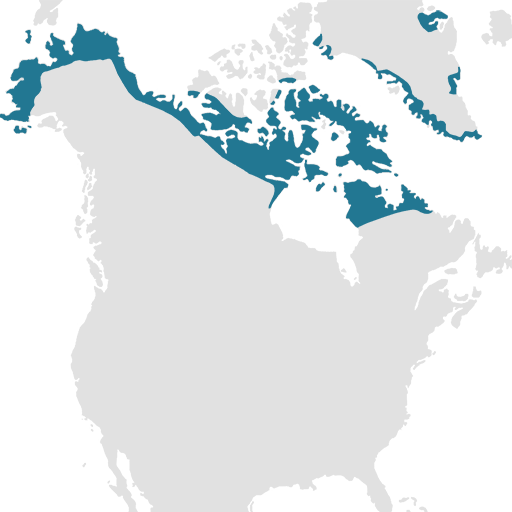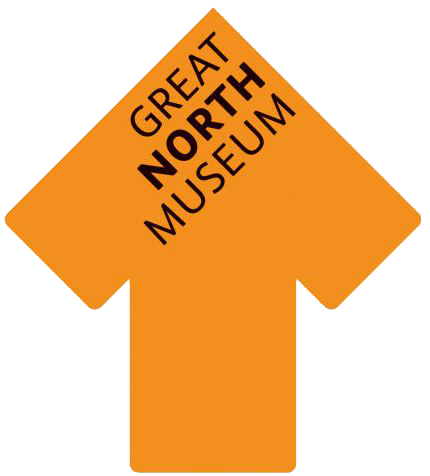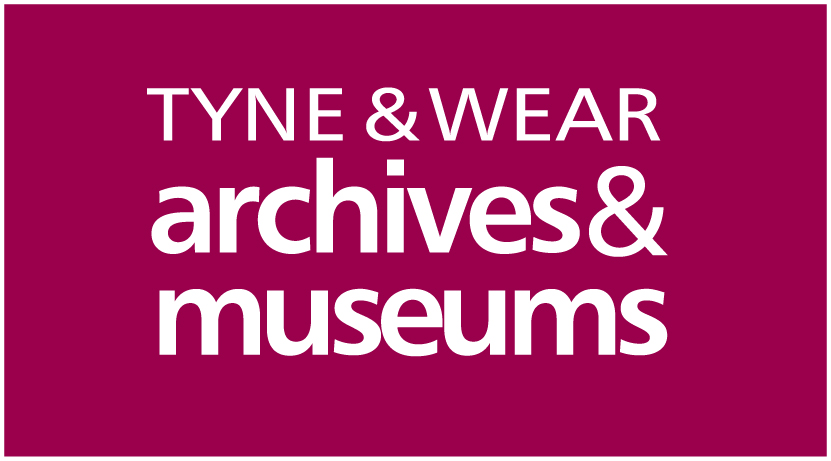
Arctic regions of Greenland, Canada and Alaska
Humans in the Arctic depended on animals for survival, not only for meat but to provide skins for clothing as well. When it came to using these materials, it was the women of the Arctic who were experts on treating the skins and making clothes that were warm and waterproof. Not only did women have the skills to produce clothing, they were also adept at making essentials such as tents, kayak covers and bags. While these objects were functional, many displayed a high level of artistry to please the animal spirits which would help in a successful hunt.
The staple diet of all Arctic peoples was based on marine mammals, such as seals, walruses and sometimes even whales. Caribou were also hunted, along with with fish and birds. In order to hunt these animals, a variety of equipment was needed, which was mostly produced by men. As Arctic cultures believed that animals had souls, it was thought that good quality craftsmanship would please the souls of their prey and enhance the efficiency of the equipment. Respect was being paid to the animals through the hunter’s appearance and the care taken to produce and maintain his hunting equipment.
Arctic people would own a small number of tools and implements. These were often made from materials that were widely available, such as bone or shale. However, as the opportunities to trade with European whalers and visitors grew, more metal began to be used for tools.
While many Inuit men would carve purely for pleasure, many models of kayaks and hunting and domestic equipment were all produced originally for the entertainment and instruction of children. Model building allowed the older generation to show the details of construction to youngsters meaning that these small-scale models were produced very carefully.
Inuit carvers would also produce models to sell to northern explorers, traders and missionaries. In the 20th century, especially after the Second World War, there were few employment opportunities for Arctic communities and Inuit art became an important part of the cash economy. This type of souvenir art has been dismissed in the past, yet models and carvings often embody cultural and historical information and can offer valuable insights into the life of northern peoples. Today, commercial Inuit art is an essential source of subsistence for many communities while also a means of recreating traditional beliefs and memories.





